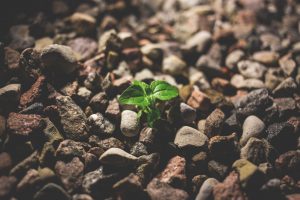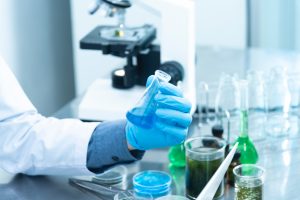Conceptual change in life sciences
Welcome to study the module of Conceptual change in life sciences!
Content
Recent research has conclusively shown that students come to science lessons loaded with expectations, previous knowledge, and prior conceptions that in some cases significantly contradict the scientific view. Thus, to reach a scientific understanding at university often means reorganising one’s existing knowledge structures and sometimes even abandoning certain existing conceptions – a process that usually happens gradually and suggests intentional learning and teaching. This kind of learning is described using the theories of conceptual change.
This module aims to 1) support (prospective) teachers to understand the theory of conceptual change and the role of prior knowledge particularly in learning of life sciences and 2) to provide concrete tools for teachers to be able to foster reaching of conceptual change in their classroom. Although this module relates particularly to life sciences, the need of conceptual change has been recognized also in several other disciplines in higher education, such as in history, economy, law, and medicine.
Learning outcomes
Taking this module gives you competencies to:
- Understand the role of prior knowledge and conceptual change in learning.
- Be able to activate and take into account students' prior knowledge in one's own teaching.
- Recognise students' typical misconceptions related to one's own discipline and knows how to get learners to weight their conceptions with the scientific model.
Understanding of conceptual change type of learning enables teachers to understand why students sometimes struggle with learning of some contents and supports teachers to design more effective instruction by taking into account students’ personal premises for learning.



Preliminary task
Self-study materials
INDEPENDENT STUDY:
If you want to study independently, do the pretask and watch the video about conceptual change. Read also articles 1-3. All the materials are available for self-study. If you want to earn credits contact your own University to ask possibility for guided study.
Learning materials
ARTICLES:
- Posner, G. J., Strike, K. A., Hewson, P. W., & Gertzog, W. A. (1982). Accommodation of a scientific conception: Toward a theory of conceptual change. Science Education, 66, 211–227.
- Duit, R., Treagust, D. F. & Widodo, A. (2013). Teaching science for conceptual change – Theory and practice. In S. Vosniadou (Ed.): International Handbook of Research in Conceptual Change. Routledge, New York, NY.
- Flaig, M., Simonsmeier, B. A., Mayer, A.-K., Rosman, T., Gorges, J., & Schneider, M. (2018). Conceptual change and knowledge integration as learning processes in higher education: A latent transition analysis. Learning and Individual Differences, 62, 49–61.
READ MORE:
- Bransford, J. D., Brown, A. L. & Cocking, R. R. (2000). How people learn: Brain, Mind, Experience and School: Expanded Edition of Sciences. Washington, D.C: National Academy Press.
- Chi, M. T. H. (2013). Two kinds and four sub-types of misconceived knowledge, ways to change it, and the learning outcomes. In S. Vosniadou (Ed.), International handbook of research on conceptual change (2nd ed., pp. 49–70). New York: Routledge.
- Murtonen, M., Nokkala, C. & Södervik, I. (2018). Challenges in Understanding Meiosis: Fostering Metaconceptual Awareness among University Biology Students. Journal of Biological Education, DOI: 10.1080/00219266.2018.1538016
- Södervik, I., Virtanen, V. & Mikkilä-Erdmann, M. (2015). Challenges in understanding photosynthesis in a university introductory biosciences class. International Journal of Science and Mathematics Education, 13, 733–750.
- Vosniadou, S. (2013). Conceptual change in learning and instruction – The Framework Theory Approach. In: S. Vosniadou (Ed.), International handbook of research on conceptual change : second edition (pp. 11–30). New York: Routledge.
Guided study
 This work is licensed under a Creative Commons Attribution-ShareAlike 4.0 International License.
This work is licensed under a Creative Commons Attribution-ShareAlike 4.0 International License.
